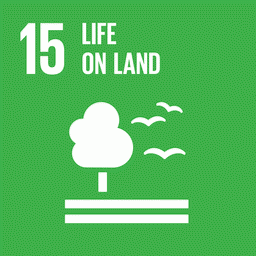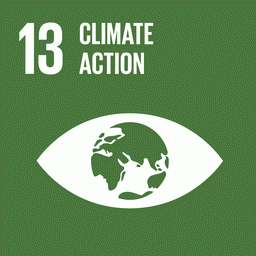Deforestation in non-reserved public forests of the Amazon grew 50% during the last two years compared to the previous five years: from 112.8 thousand hectares deforested, on average from 2014 to 2018, the area felled there grew to 215.6 thousand ha in 2019 and 226.5 thousand ha in 2020.
The total deforestation recorded during the last two years in these forests was 442.2 thousand ha, and 60%, happened on land illegally described as private property in the National Rural Environmental Registration System (SICAR).
Since it is self-declaring, the CAR has been used by landowners in an attempt to forge ownership over forests that are public heritage. Irregular records currently cover 29% of these public forests already, that is, more than 14 million ha.
“The Rural Environmental Registry, which was built in order to enable environmental regularization of rural property, has been used to enable illegal deforestation”, says the senior researcher from IPAM (Environmental Research Institute of the Amazon), Paulo Moutinho.
The non-reserved public forests total 51 million ha of the Amazon, and are under the jurisdiction of the state and federal governments. Their invasion and the consequent deforestation and burning are a known problem, and it was no different during the last year: 20% of the deforestation measured by the Prodes system, which measures the annual rate, happened in these areas.
Half empty glass
The Rural Environmental Registry (CAR) was created in 2012, with the New Forest Code, and regulated in 2014. Despite receiving good support from the landowners, it has not been fully implemented: it is still necessary to complete the next step after the declaration, which is the validation of the information inserted in the system.
“I believe that the instrument, CAR, is positive. However we need to move forward and implement it completely, not in half. As long as it stays like this, it will continue to be used for this type of fraud”, explained the Attorney General of Amazonas, Ana Carolina Haliuc Bragança, coordinator of the Amazon Task Force, from the Public Prosecution Service.
Bragança took part in a webinar promoted by IPAM on Tuesday (15), in which data about non-reserved public forests were presented.
“What is happening is staggering. Major illegal ranchers, who subdivide and plot public lands, cut the trees and sell these areas,” says federal representative Rodrigo Agostinho, coordinator of the Environmental Parliamentary Front. “We need to turn the Amazon into a land of legality. We cannot accept the process as it is now.”
Forests and climate
To date, more than 2.8 million hectares of non-reserved forests have been cut down, or 6% of the total area. This has generated the emission of 1.49 billion tons of equivalent CO2, aggravating climate changes. It is a volume corresponding to more than half of the greenhouse gases all of Brazil has dumped into the atmosphere in 2019.
According to the Public Forest Management Act of 2016, these forests should be reserved for conservation and sustainable use. “If we do not take care of our heritage we tend is to lose all this wealth, both in the current generation, and in the future. It is important that every Brazilian citizen understands what is at stake, regardless of ideology, political or partisan views,” said Moutinho.
“It is in the Amazon that the equivalent of more than ten years of human carbon emissions is stored. It preserves life and allows Brazilian agriculture to thrive. Therefore, its integrity and protection are fundamental,” says the executive director of IPAM, André Guimarães.
Since 2018, IPAM has published two scientific papers detailing the invasion of non-reserved public forests, and last year it joined the campaign “Be Cool with the Amazon” (Seja Legal com a Amazônia), of the Brazil, Climate, Forests and Agriculture Coalition.

